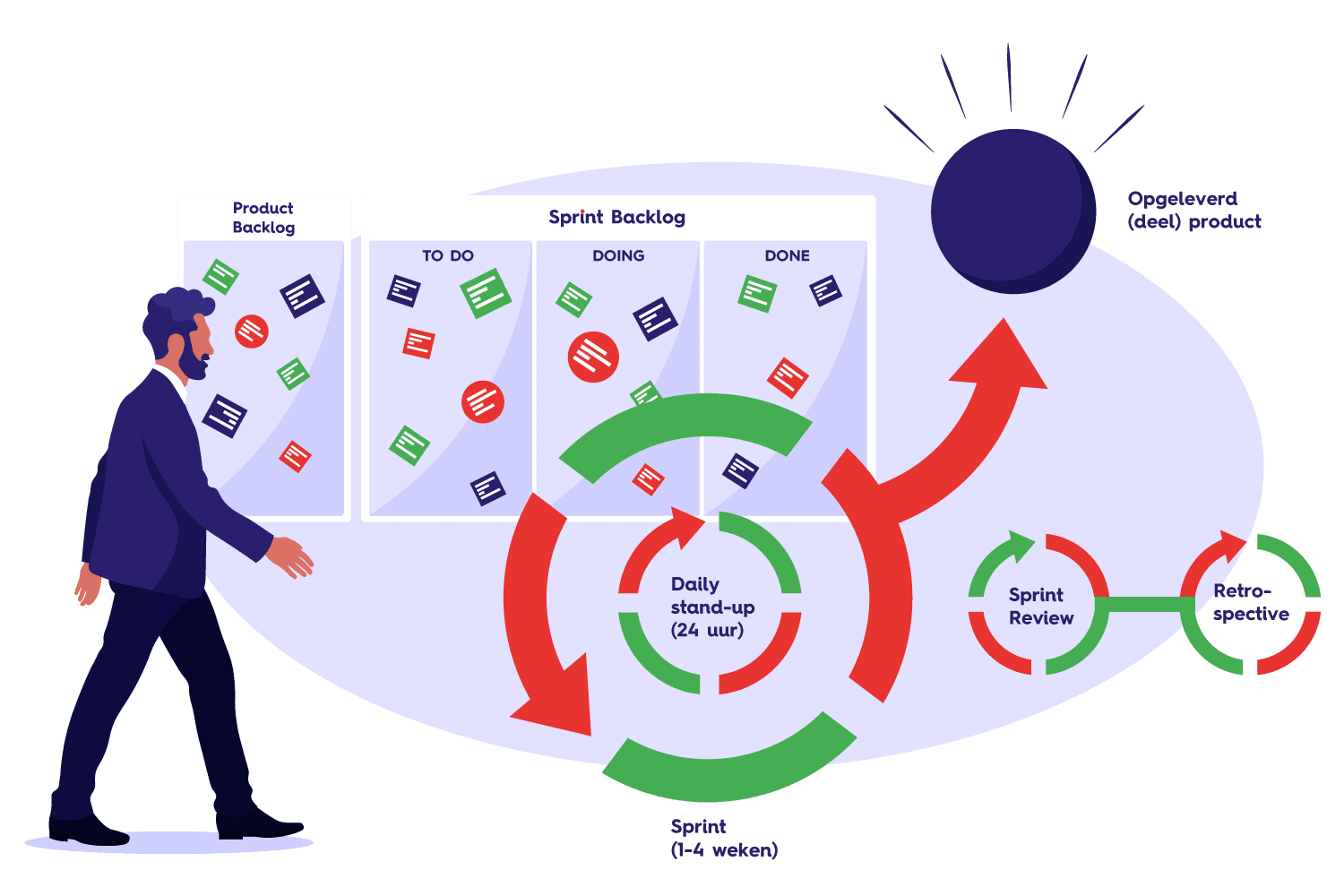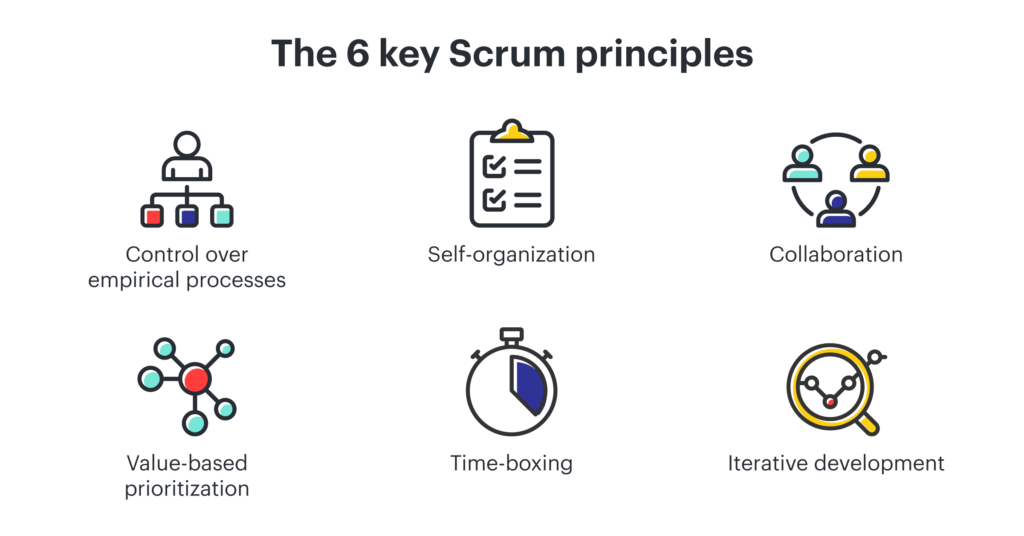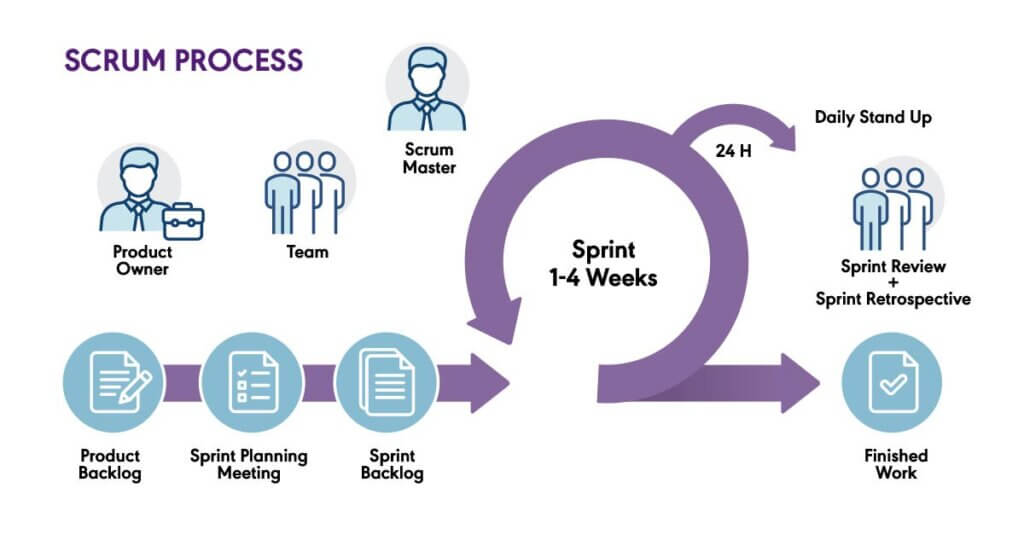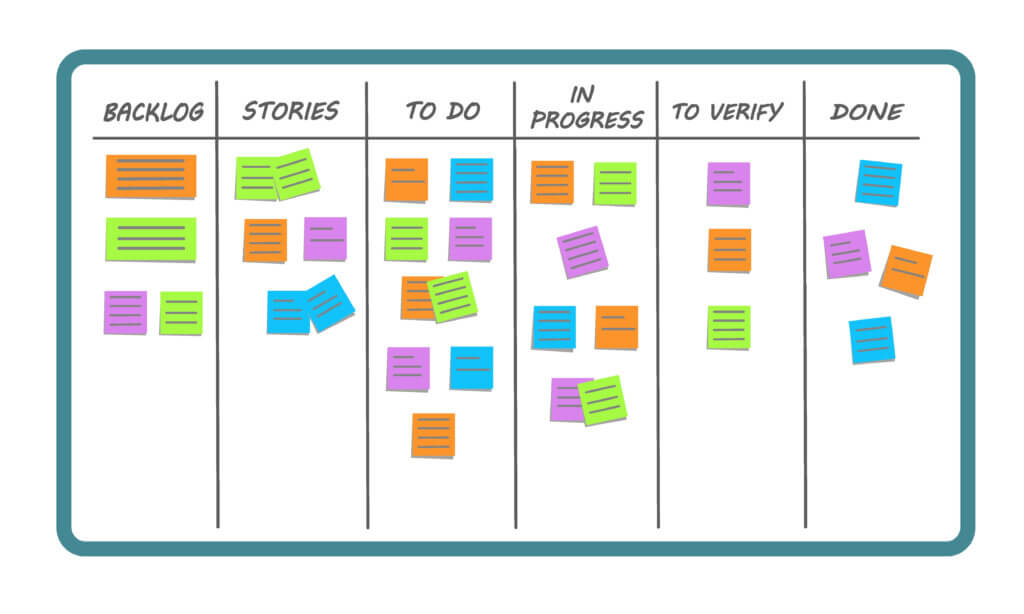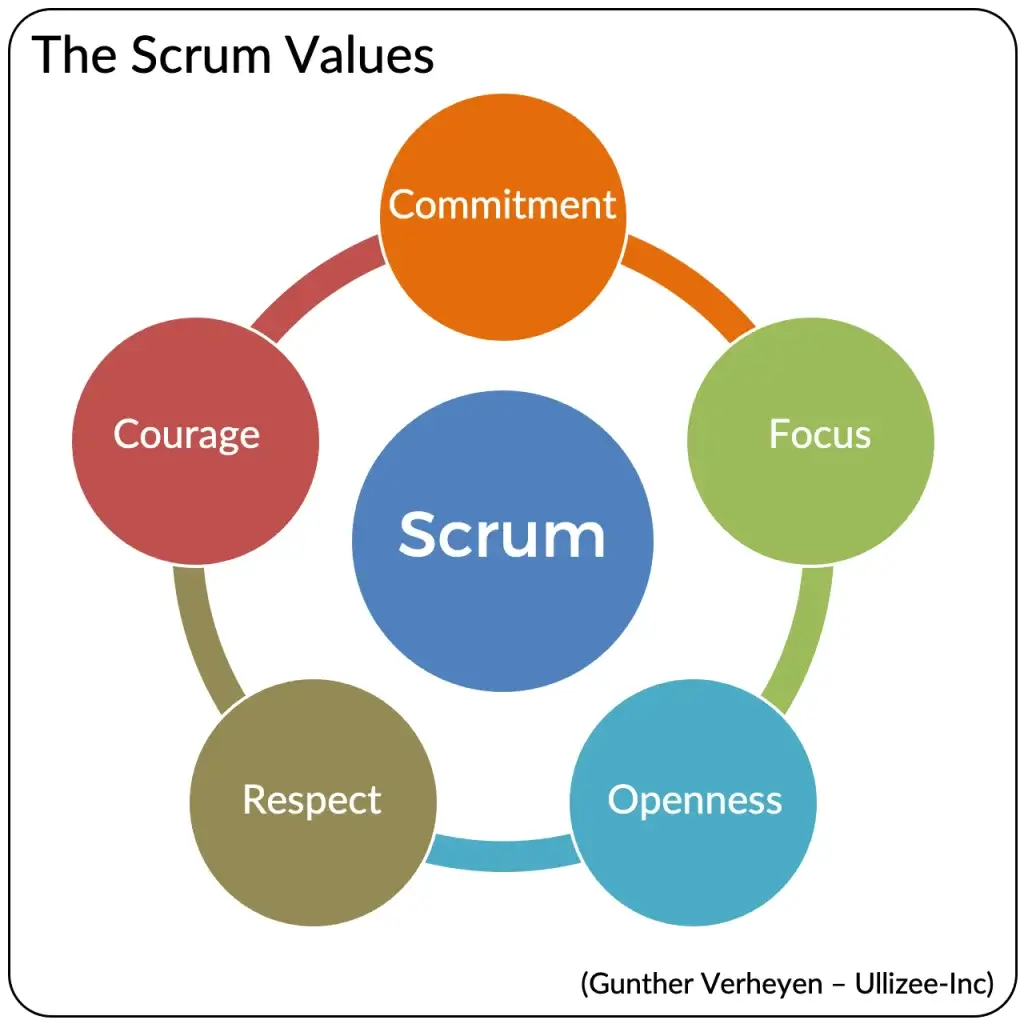Introduction:
In the ever-evolving landscape of software development, finding a methodology that not only works efficiently but also keeps customers satisfied is crucial. The journey of implementing Scrum in software development, and beyond, has proven to be a game-changer. As someone who was initially skeptical but is now a firm believer, I’ve witnessed firsthand the advantages and success that Scrum brings to the table.
Seven years ago (May, 2016), I published this article on LinkedIn: Yellow Sprint Methodology and on my company website Merlyn Consult.: Scrum Efficiently and Successfully.
Here an 2023 update.
The Essence of Scrum:
At the core of Scrum lies the concept of agility – the ability to develop at a rapid pace without compromising on quality and within budgetary constraints. The Scrum Sprint Methodology, a continuous flow of short-term cyclic deliveries, ensures an uninterrupted momentum, allowing for flexibility and incremental insights. This approach is designed to maximize incremental value, creating solutions that optimally fit the needs of the project.
Basic Rules of Scrum:
In the world of Scrum, every project is equipped with a ‘Scrum Master’ and a ‘Project Owner.’ This dynamic duo holds the authority and qualifications to make swift decisions, not only about functionality but also regarding resource allocation within the team. Each project consists of a minimum of three ‘Sprints’ or partial deliveries, each following a fixed process and starting with a stand-up session. The final result of each Sprint is a workable partial solution and a list of points for improvement.
Roles in a Scrum Team:
- Scrum Master (Orchestrator): Responsible for managing and facilitating the Scrum process, ensuring that the agreed Sprint is executed within the set budget and progress parameters.
- Development Team (Developer and Tester): Engaged in defining, realizing, and testing the stories. Their commitment to the planning and active participation in retrospective sessions is crucial.
- Proxy Product Owner: Acts as an intermediary for the customer, defining stories when the customer lacks resources or time. However, this role does not have the authority to make financial decisions without customer authorization.
- Product Owner: The individual who describes the end-product functions and has the authority to make decisions regarding budget, scope, and planning.
Advantages of Scrum:
The advantages of adopting Scrum are manifold. Fast and phased results, strict project management, team spirit fostered by a positive and constructive project ambiance, consensus about results, gradual implementation, and flexibility for new insights contribute to the best results within the agreed time and budget.
Contractual Sprints:
- Sprint #0 – Strategic Business and Architecture Design: Involves defining the scope and specs of the end-product, understanding customer needs, and translating cases into storyboards and architecture.
- Sprint #1 – Scoped Proof of Value: Focuses on providing a working pilot that can go live, proving the architecture’s value, and facilitating mutual learning.
- Following Sprints – Tuning: Involves assessing, tuning the solution, and iterating based on feedback, ultimately transforming the complete vision into a solution.
Responsibilities of Software Supplier and Customer:
The software supplier is responsible for project management, delivering the agreed scope, planning, and providing a future-proofed architecture. On the other hand, the customer’s (external or internal!) responsibilities include defining scope, prioritization, and testing.
Best Practices and Recommendations:
Certain practices are not recommended within the Scrum framework. Story definitions should not be done by the software supplier unless authorized as a proxy product owner. Sprint delivery should not be done by the software supplier, daily stand-ups should not be skipped, and changes in priority during a Sprint should be decided in collaboration with the team to ensure commitment.
In collaboration with software-development experts, this journey through Scrum has proven that “Seeing is Believing, and Using is Understanding.” As a Logistics & Supply Chain Professional, CCO at Navitrans and Partner at Merlyn Consult, I can attest to the transformative power of Scrum in achieving efficient and successful results in software development and beyond.

